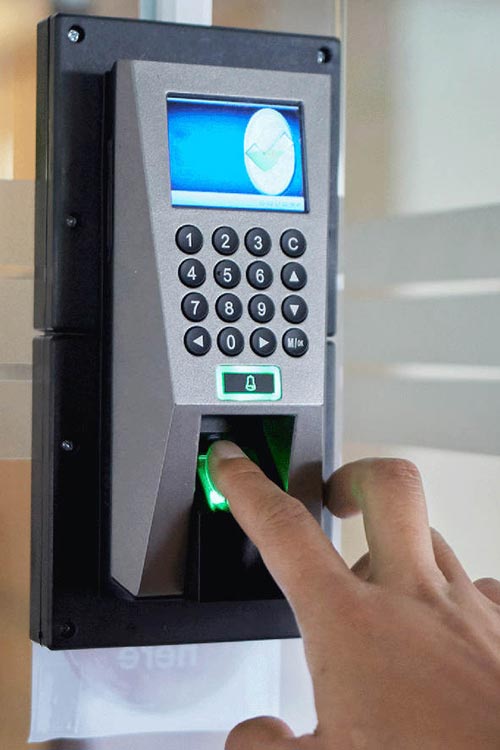
Setting up
Access Control
in Dubai and Oman
- Access control refers to the process of limiting or granting access to a physical space, computer system, or data network. The goal of access control is to ensure that only authorized users are able to access protected resources, while preventing unauthorized access or malicious attacks.
Access control systems typically involve a combination of physical and logical measures, such as:
Identification and authentication: This involves verifying the identity of the user, typically through the use of a username and password, biometric information, or an access card.
Authorization: This involves determining whether the user is authorized to access the resource they are requesting. This is typically based on factors such as the user’s role, permissions, and security clearance.
Physical security measures: This includes measures such as locks, security cameras, and access barriers to prevent unauthorized entry to a physical space.
Monitoring and auditing: This involves monitoring user activity and logging access attempts to identify any potential security breaches or suspicious activity.
Access control systems are used in a variety of contexts, including in offices, data centers, and other secure environments. They are also used in public spaces such as airports and train stations to ensure the safety of travelers and prevent unauthorized access to sensitive areas. Access control is an important part of cybersecurity and physical security, and is essential for protecting sensitive information and critical infrastructure.
